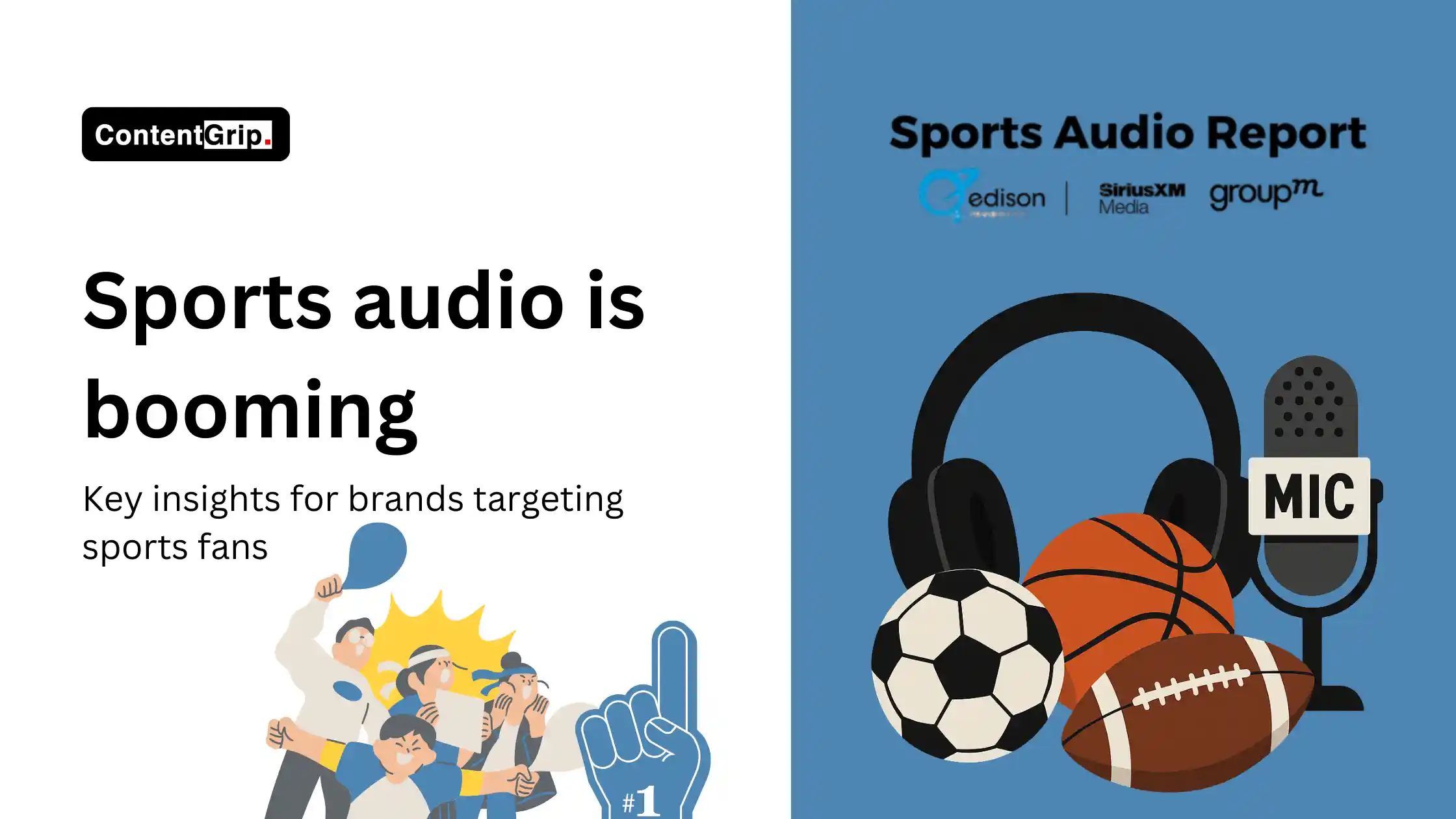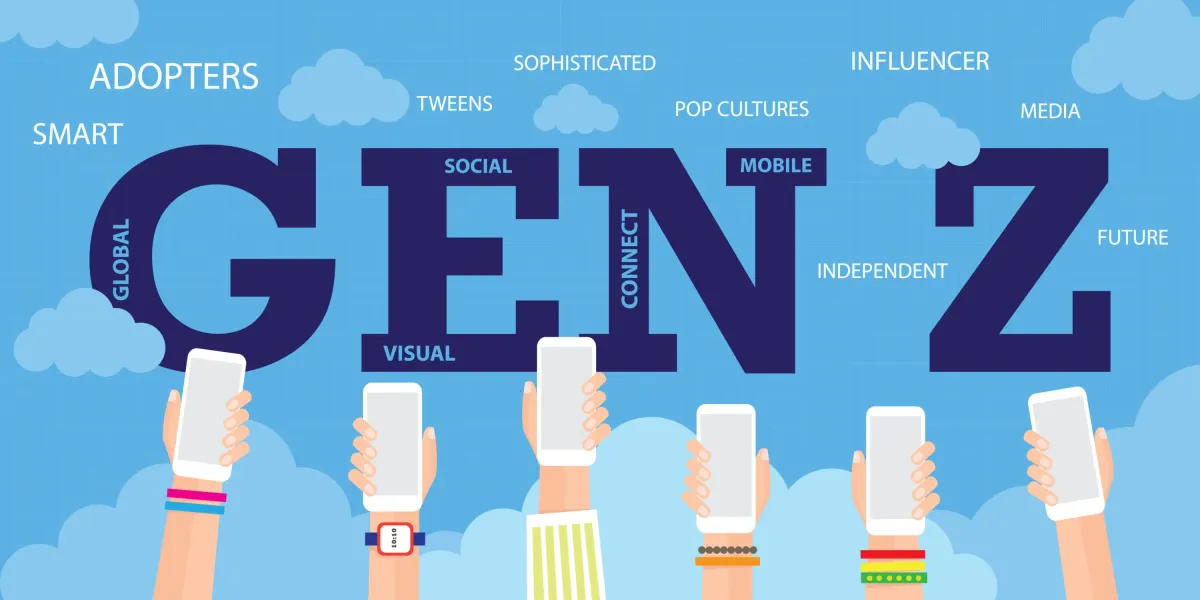Sports audio is booming: key insights for brands targeting sports fans
New research from Edison, SiriusXM, and GroupM reveals how audio deepens fan loyalty and brand engagement.

When it comes to U.S. sports culture, it’s not just about touchdowns or game-winning shots anymore. According to a new Sports Audio Report, audio has cemented its place as a vital part of the fan experience—one that marketers can no longer afford to ignore.
Findings from “Sports Audio Report” by Edison Research, SiriusXM Media, and GroupM shed light on why audio content has become indispensable for U.S. sports fans—and what this shift means for marketers.
This article explores the top takeaways from the study and what they mean for media planners and brand marketers looking to tap into the passion, intimacy, and spending power of sports fans.
Short on time?
Here’s a table of contents for quick access:
- Sports fandom spans generations—and emotions
- Audio is the companion of choice for sports fans
- Gen Z leads the podcast revolution in sports
- What marketers should know

Sports fandom spans generations and emotions
Sports matter to a lot of Americans—186 million people aged 13 and up, to be exact, according to the research. What’s more surprising is how emotionally invested fans are:
- 68% say sports bring their family closer.
- Nearly 1 in 4 admit they’ve cried over a sporting event.
The study underscores the depth of emotional connection fans feel toward teams and athletes. For younger generations like Gen Z and Millennials, that connection extends beyond the court or field—many actively follow athletes’ personal lives.
The implication? Sports fandom isn’t just a media category; it’s a cultural identity. That’s a powerful opening for brands looking to build community-driven campaigns.
Audio is the companion of choice for sports fans
More than 64% of fans regularly consume sports content through audio—via AM/FM radio, podcasts, or SiriusXM. Unlike passive TV viewing, audio offers a more intimate experience that listeners often share with others. In fact, the majority of sports audio fans report co-listening with family or friends.
That communal behavior is gold for brands. Think group decision-making on purchases, shared emotional experiences tied to a brand message, and extended brand exposure through shared listening time.
Also worth noting: audio’s reach isn't one-dimensional. AM/FM still leads, but podcast share has nearly doubled since 2018—signaling a clear shift toward on-demand and niche content.
Gen Z leads the podcast revolution in sports
Younger listeners are rewriting the rules of sports media. The report shows that 13–34-year-olds spend three times more of their sports audio time with podcasts than radio.
This demographic shift represents both a challenge and an opportunity for marketers. The challenge: traditional broadcast campaigns are losing relevance among younger fans. The opportunity: podcasts offer highly targeted ad formats and deeper narrative space—ideal for storytelling and product education.
Also, 40% of sports audio fans say they’re not getting enough programs covering their favorite sports or offering unique perspectives. That’s a huge opening for brands to sponsor underrepresented voices or niche leagues that fans crave.
What marketers should know
This research isn’t just a fan study—it’s a blueprint for strategic brand planning. Here’s what to keep in mind:
1. Invest in audio ads—but make them emotional
Sports audio fans are engaged. 63% have looked up a brand after hearing an ad, and over half have made a purchase. Use emotional hooks and align your messaging with key sports moments or fandom narratives.
2. Sponsor the niche, not just the mainstream
If 40% of listeners feel underserved, there’s clear demand for alternative sports, local teams, and off-season content. Partnering with emerging podcasts or smaller leagues can help brands show up authentically and meet that demand.
3. Double down on co-listening dynamics
Craft ads and sponsorships with shared listening in mind—think family-first messaging or conversational tone that sparks discussion. These ads may have more longevity and impact in shared settings like car rides or living rooms.
4. Focus on Gen Z loyalty through athletes’ off-field stories
Younger fans are not just sports followers—they’re lifestyle subscribers. Explore campaigns that involve athlete storytelling, behind-the-scenes podcast formats, or content that connects with fans on values and culture.




